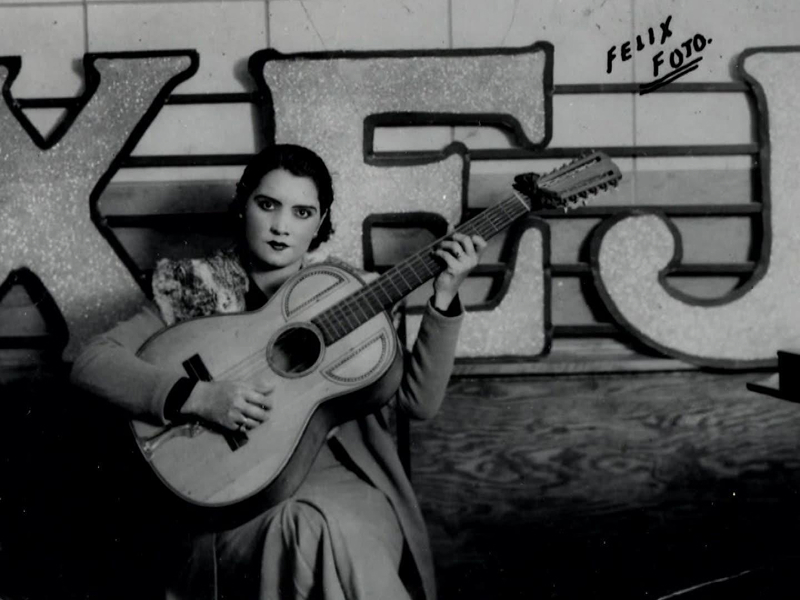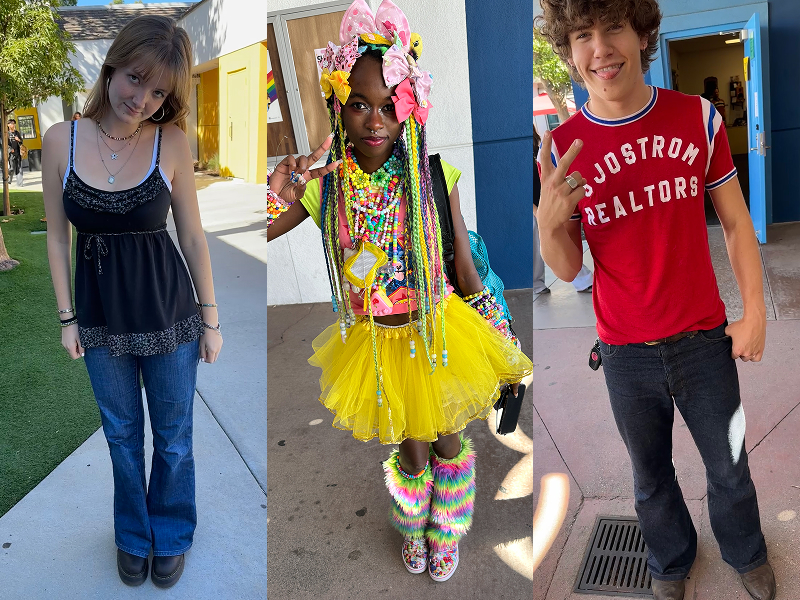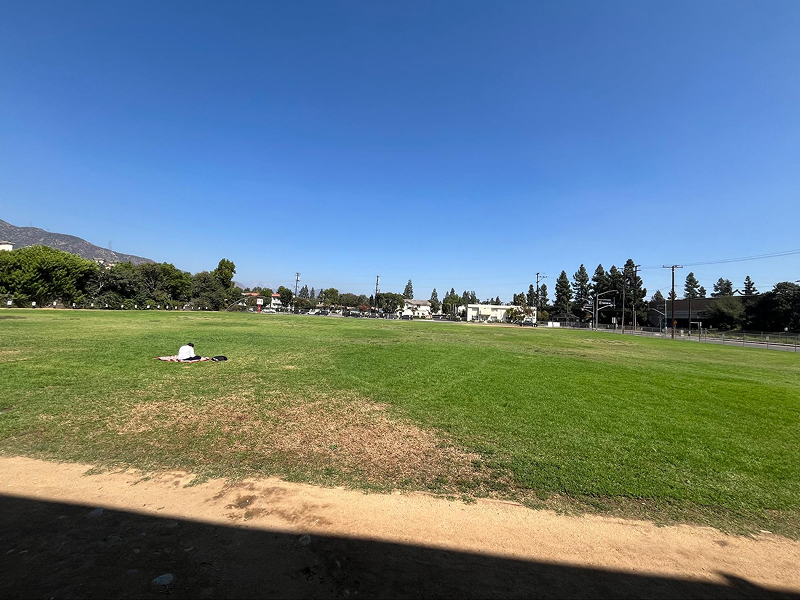The Mexican American influence on music today is undoubtedly impressive, as seen in Mexican American artists playing pop or rock that tops charts, or even Spanish language or Latino music styles that have made it into the listening habits of Americans.
Of course, being a Mexican American musician can be very difficult. These musicians faced conflicting ideas around identity, racism, and a host of other challenges. Despite the challenges of their environment, Chicano musicians have historically been pillars and representatives of Mexicans in the U.S.
In this four-part article series, I will discuss four different eras of Mexican American music and the musicians that defined them.
The first Mexican American musicians to really gain popularity started in the late 1920s. During this time of Mexican immigration and significant changes in the United States, artists like Lalo Guerro and Lydian Mendeza were some of the first popular artists of their time. Lalo Guerro was renowned for his comedic Chicano music, which resonated deeply with many Mexican Americans. His lyrics were funny and catchy, and reflected his own experiences growing up. Lalo sang in Spanish or in the Pachuco dialect. His music became iconic to Chicano culture. Luis Valdez famously wove Lalo’s music into his historic play, Zoot Suit, as it set the tone of the era.
Lydian Mendoza is another Mexican American musician who started creating her music around the 1930s. Mendoza was born in Houston, Texas in 1916, during the wave of Mexicans fleeing the revolution back home. Mendoza played primarily Tejano music, a music genre that blends Mexican folk music with American styles of rock and blues. Her music told stories of the Mexican working class of Texas and resonated with many people of Mexican identity. Along with her popularity in the U.S., her music got attention across the border as well. One of her first hit songs, Mal Hombre, was very popular and earned her a record contract with RCA. She had a long career and performed regularly into the 1980s. Mendoza was invited to sing at President Jimmy Carter’s inauguration in 1977, and in 1999, she was awarded the National Medal of Arts. Her style was truly representative of the blend of cultures above and below the border.
Another influential artist who came to the scene later in the late 1950s is Ritchie Valens (Valenzuela). With a vastly more American style, Riche Vallens mainly played rock music despite his Mexican heritage. Born in the San Fernando Valley to two Mexican Parents, Riche Vallens was very much Mexican American, but at the height of his fame, managers and others in the music industry tried to hide that fact. They changed his name from Valenzuela to Vallens to Anglosize his identity. There was no mention of his Mexican American background. The one major exception to that fact was La Bamba. One of Richie’s biggest hits, La Bamba, was sung entirely in Spanish and was a way for Richie to celebrate his heritage. Although Valenz did know how to speak Spanish, he insisted on learning to sing the song as an homage to his identity and his family. On this list, Riche Vallens was the most popular in the U.S. Although he downplayed his Mexican American heritage, he was critical of the representation of Mexicans in mainstream American Media. Sadly, Valen’s short career ended in a famous plane crash along with Buddy Holly and J. P. Richardson.
The artists discussed in this article are just some of the people who laid the groundwork for Mexican American musicians. If you’re curious about how Mexican Americans continued to grow from this point, stay tuned for the following articles in this series. Hopefully, by the end of this series, you will have a better understanding of Mexican American music as a whole and will have some good new artists to put in their playlists.

 CSArts Fashionistas
CSArts Fashionistas